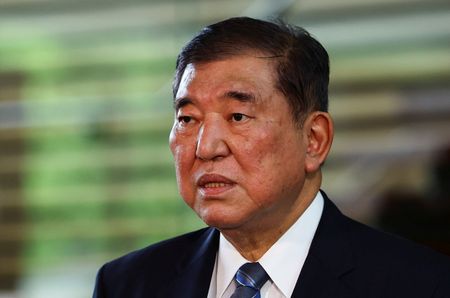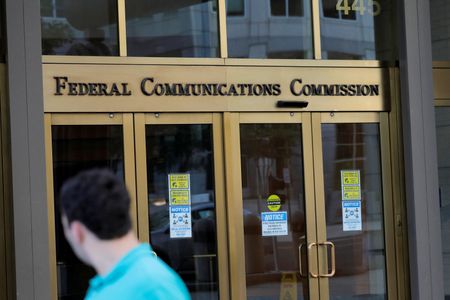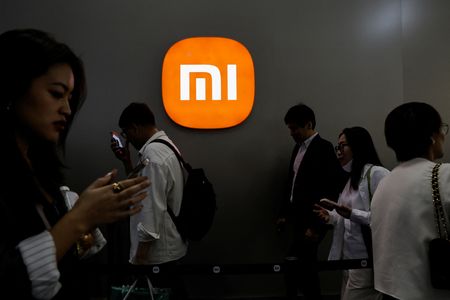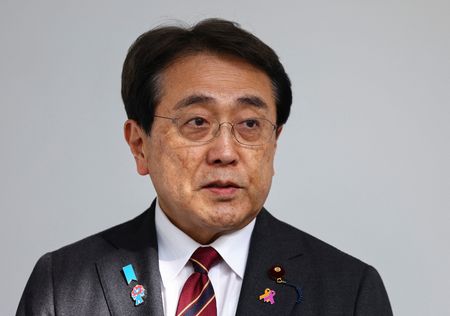TOKYO (Reuters) -Japan will consider extending until fiscal year 2026 its timeframe for the government to attain a balanced budget, a ruling party executive said on Thursday, as economic growth, hit by U.S. tariffs, is seen undershooting initial forecasts.
Prime Minister Shigeru Ishiba faces growing calls from lawmakers to boost spending or cut taxes to appease voters hit by rising living costs, ahead of an upper house election set for July.
The government’s long-term policy blueprint sets a goal of fiscal year 2025 to achieve a primary budget surplus, or fund spending without resorting to debt, a pledge it has maintained since 2018.
In a new blueprint to be set later this year, the government will push out that deadline to “around fiscal 2025 to 2026,” said lawmaker Yasuhiro Hanashi, who had access to a draft distributed to the ruling party’s panel on fiscal policy.
The government will finalise the blueprint after discussions with ruling coalition officials for release around mid-June, ruling party lawmaker Kenji Nakanishi told reporters on Thursday.
It will also call for the United States to review tariffs imposed on Japan, and call for strengthening free and fair trade, government sources separately told Reuters.
Concern over Japan’s worsening finances have pushed up yields on super-long government bond yields to fresh records this week.
The primary budget balance, which excludes new bond sales and debt-servicing costs, is a key gauge of the extent to which policy measures can be funded without resorting to debt.
Japan has been using the primary budget goal to show its commitment to get its fiscal house in order.
But the timeframe has been pushed back several times, as public debt has ballooned with rising social welfare costs for a rapidly ageing population and numerous big spending packages compiled to invigorate the economy.
(Reporting by Yoshifumi Takemoto and Takaya Yamaguchi; Writing by Leika Kihara; Editing by Clarence Fernandez)









